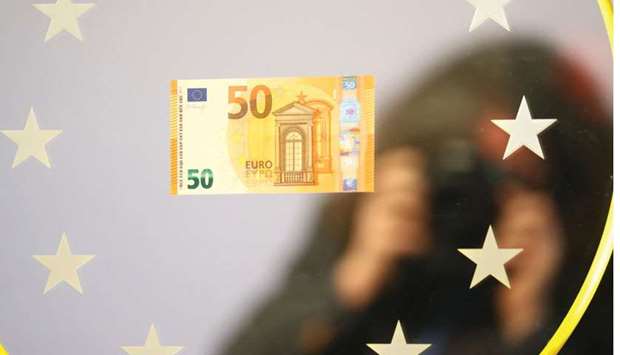The euro’s rally against the dollar, following remarks by Mario Draghi over inflation developments, suggests that investors were caught wrong-footed as to the possibility that his speech could rattle markets. Still, euro bulls may need additional catalysts to see the common currency climb to levels not seen since last summer.
The European Central Bank president provided further clarity to the market by highlighting that the components that keep consumer price growth subdued are temporary and won’t let inflation deviate from its trend over the medium term. He also noted that “the threat of deflation is gone and reflationary forces are at play,” opening the way for the start of tapering even as core inflation readings fail to reach fresh highs.
What Draghi may have done in essence is to lower the focus on Friday’s inflation reading. As investors look to assess the timing of the ECB’s next move as far as policy mix is concerned, data outside of price pressures may come first should they “point to a strengthening and broadening recovery.”
The Governing Council seems on its way to either announce or prepare the ground for tapering in its September meeting even if the next core inflation print fails to positively surprise.
The market has been expecting an ECB move despite caution offered during the previous weeks. Draghi’s move on Tuesday has basically brought policy makers closer to market expectations and as such, the medium-term view for the euro remains largely unchanged. Current levels in euro-dollar incorporate few positives for the greenback, and unless sentiment for the US currency deteriorates further, the common currency may be unable to approach the $1.1428 high seen almost a year ago.
The euro gained as much as 0.9% yesterday to hit $1.1284, just 12 pips lower than its year-to-date high on June 14. Still, spot bullishness wasn’t respectively mirrored in the options market. While three-month implied volatility, which captures the ECB’s September meeting, rose for the first time in four days, it failed to pass above Friday’s high and stayed more than 2 percentage points below its year-to-date average.
This suggests that short-term accounts rushed to add euro longs while medium-term positioning left little room for further exposure. CFTC positioning shows that hedge funds are just slightly short the euro and at levels way below their five-year average. Risk reversals on the three-month tenor rose above par but stayed with the familiar range of late, marginally favouring euro calls.
* Vassilis Karamanis is an FX and rates strategist who writes for Bloomberg. The observations he makes are his own and are not intended as investment advice.

The euro’s rally against the dollar, following remarks by Mario Draghi over inflation developments, suggests that investors were caught wrong-footed as to the possibility that his speech could rattle markets


